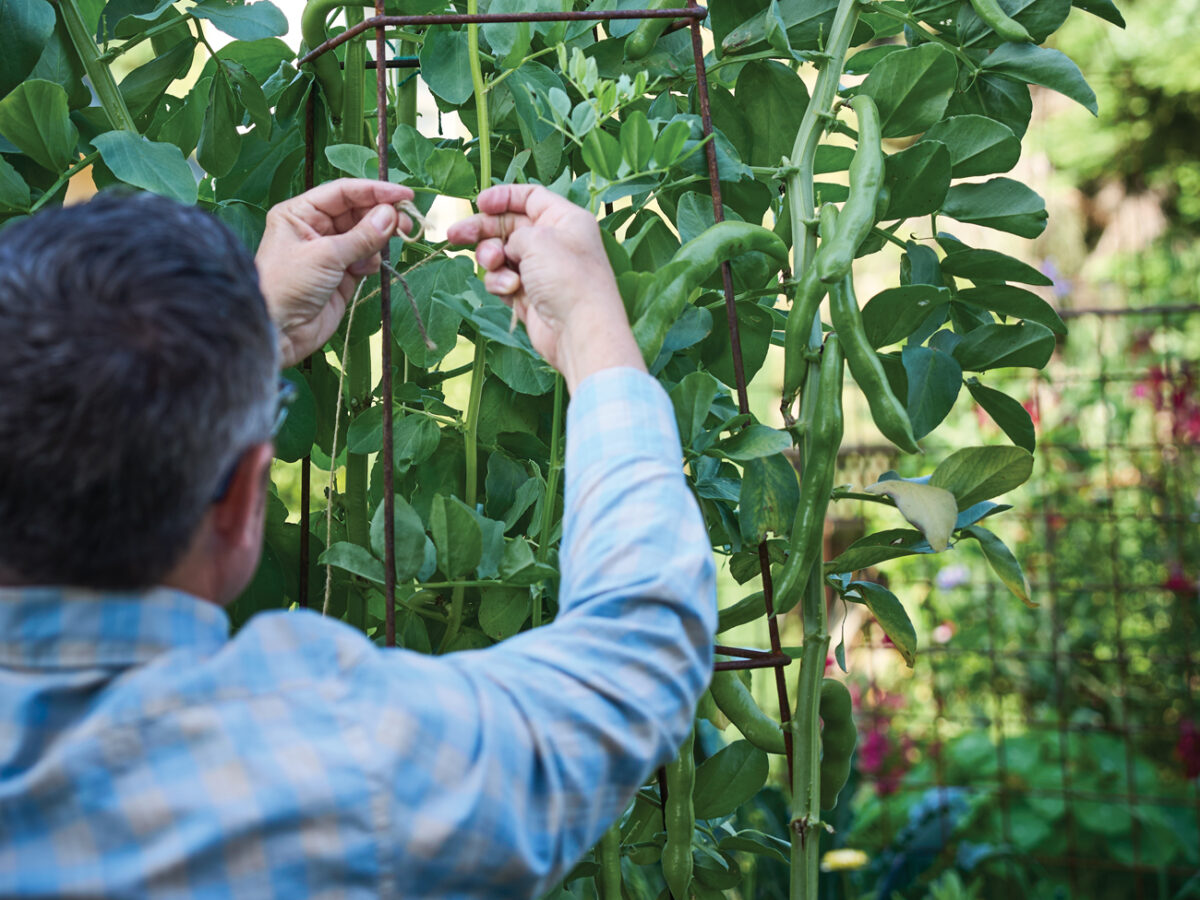
10 Essential Tasks to Keep Your Garden Healthy This Summer
Everything you need to plant, harvest, and maintain in your garden as the weather heats up.

Thomas J. Story
This summer, focus on nurturing your garden in new ways with fire-safe pruning, soil-enriching crops, and thoughtful planting to create a thriving, resilient space that’s ready for every season ahead.
Plant

Svitlana Ozirna/Getty Images
–Plant buckwheat as a fast-growing cover crop to improve soil health in beds that will be resting during the summer. This easy-to-grow plant helps suppress weeds and adds valuable organic matter to enrich the soil for future crops.
–Pairing plants like tomatoes with basil, or beans with leafy greens like lettuce or spinach can help maximize space and create a cooler environment. Companion planting also supports pest control, with herbs like dill attracting beneficial insects while providing shade for more delicate crops.
–For a summer project that blends beauty with function, plant a dye garden with vibrant Western natives like Oregon grape (Mahonia aquifolium) for golden hues, black hollyhock (Alcea rosea ‘Nigra’) for deep purples, and yarrow (Achillea millefolium) for soft greens. By late summer, you’ll have a palette of natural pigments ready for eco-dyeing fabrics, crafting botanical inks, or experimenting with homemade watercolor paints.
Harvest

Eva-Katalin/Getty Images
–Use a harvest basket with dividers when picking different crops (like tomatoes, cucumbers, and herbs). This unique design helps prevent squashing delicate fruits or vegetables and keeps everything organized during the picking process.
–Elderflower is in bloom! To make a simple cordial, steep 10 to 15 fresh elderflower heads and a sliced lemon in four cups of boiling water for 24 to 48 hours, then strain the mixture. Stir in two cups of sugar until dissolved. Store in bottles to enjoy as a refreshing drink or in cocktails.
–Use special snips for cleaner cuts. Avoid pulling or twisting plants like basil, herbs, or beans, and use clean, sharp scissors to reduce the risk of damaging the plant, which can result in lower yields later.
Maintain

Thomas J. Story
–Install trellises to support fast-growing climbers like scarlet runner beans or Malabar spinach, which can quickly provide shade for your garden or patio. These edible plants not only offer cooling cover but also yield nutritious crops throughout the season.
–Create a natural water filter by placing aquatic plants like water lilies or duckweed in your birdbath to naturally filter the water, keep it clean from algae, and make an inviting stop for birds.
Protect

Amazon.com
–Monitor for early signs of drought stress. Keep an eye on plants for signs like wilting or yellowing leaves. Early detection allows for better intervention, either by adjusting watering schedules or adding supplemental water to prevent plant loss.
–For fire safety, prune trees to create defensible space around your home. Raise the canopy by trimming lower branches to at least six to 10 feet, remove deadwood that can fuel flames, and thin crowded branches to improve airflow and reduce fire risk. Clear any branches that overhang roofs or structures to prevent embers from igniting your property.
We only recommend things we love. If you buy something through our site, we might earn a commission.
